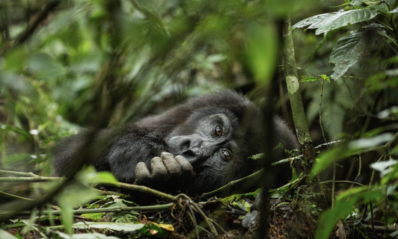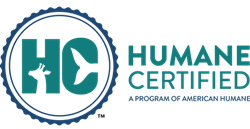
Amphibians are facing an unprecedented crisis. More than 50 percent of frog, toad, salamander and caecilian species are at risk of extinction within the next 50 to 100 years due to habitat loss, climate change, pollution and disease. Chytrid fungus, in particular, can infect the majority of the world’s more than 7,000 amphibian species, and is linked to overwhelming population declines and extinctions globally.
One of those affected species lives in our own backyard. The boreal toad, which is found in high-altitude habitats between 7,000 and 12,000 feet in the southern Rocky Mountains, is listed an endangered in Colorado and New Mexico, and protected in Wyoming. With its numbers in severe decline over the past two decades, many government agencies and zoos, including Denver Zoo, Utah’s Hogle Zoo, Omaha’s Henry Doorly Zoo and Aquarium and the Living Planet Aquarium, have stepped in to support the species through research and breeding programs aimed at boosting wild populations. Success has been relatively limited…until now.
On June 3, Denver Zoo amphibian experts Tom Weaver and Derek Cossaboon, and staff member Judy Mead, traveled to a remote area of the Paunsaugunt (pronounced “PAWN-suh-gant) Plateau in southwestern Utah to release more than 620 toads, which had been hatched and raised at the Zoo, into their native range. The successful breeding and release of this magnitude is a boon to the population of these high-altitude amphibians and future efforts to save the endangered species from extinction.
“As zoologists, it’s incredibly important that we apply our passion for wildlife to the animals in our care and leverage our expertise to help wild populations,” said Weaver. “This initiative really connects what we do here at the Zoo with our ongoing efforts to save wild animals, and serves as a testament to the collective expertise we share with other zoos and partners. It’s a career high.”
But success did not come quickly or easily. It took years of work, many experts and shifts in our approach. Read on below to learn about our journey to reach this point:
Breeding Barriers
In 2011, the Utah Division of Wildlife Resources sent small groups of boreal toad “assurance populations” to Denver Zoo and other institutions. We cared for the animals for behind the scenes until they were mature enough to start breeding. In 2016, Weaver and Cossaboon attempted to get the toads to breed by simulating hibernation, but neither of the female toads produced eggs. Several other institutions, including Henry Doorly Zoo and Aquarium, Hogle Zoo and Loveland Living Planet Aquarium, experienced similar struggles breeding their assurance populations.
Third Time’s the Charm
In 2019, our on-staff research manager and reproductive specialist, Dr. Anneke Moresco, got involved to develop a new breeding plan after two failed attempts. She implemented a new hormone protocol from Detroit Zoo, and Cossaboon adjusted their hibernation parameters, lowering the temperature down to just above freezing. As a result, soon after they came out of hibernation in early April, the females laid an estimated 1,000 eggs. Over the next eight weeks, more than 600 eggs hatched into tadpoles and started metamorphosizing into young toads. When the toads were mature enough, Dr. Scott Larsen tested the toads for chytrid and visually examined them to make sure they were healthy for travel and release (yes, they got a health certificate). Once ready, Weaver and Cossaboon carefully prepared them for transport for release in Utah.
An Amphibian Adieu
With the help of the U.S. Forest Service, Hogle Zoo and the Utah Division of Wildlife Resources, all the toads were released on June 3. It had been an unusually cold spring, and the night of the release, a deep frost set in over the site. The toads were released that morning, and over the next few days, were observed eating and moving as far as 75 feet away from their release point-quite a distance to travel when you’re only an inch long!
All for One, One for All
News of the release spread quickly throughout the conservation community, and other facilities started reaching out wanting to know how we did it. We meticulously documented every step in the process it took to successfully breed the toads, from the specific hormone protocol, the water temperatures to what we fed the tadpoles, in the hopes that we and other institutions can replicate our success for boreal toads-and other amphibian species-in the future.









